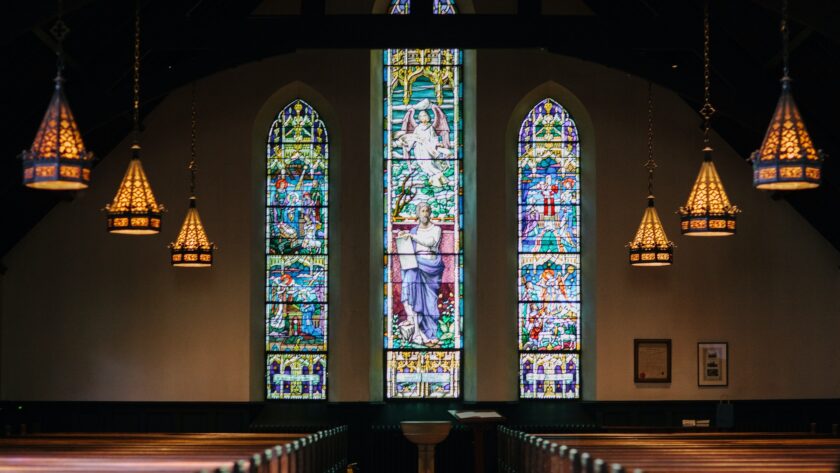Selecting the right seats for your church is a significant decision that impacts your congregation’s comfort, aesthetics, and overall worship experience. Whether you are building a new church or renovating an existing space, this article is a comprehensive guide to allow you to navigate the buying process of church seating. From considering functionality and style to evaluating comfort and durability, these tips will assist you in making an informed decision that aligns with the needs and values of your congregation.
Determine Space and Capacity:
Before purchasing, carefully assess the dimensions and capacity of your space. Consider the number of attendees you anticipate accommodating and the available floor area. This information will help you determine the layout, including the number of rows, aisles, and spacing required to comply with safety regulations and accessibility standards.
Take into account the flexibility of your space as well. If your church hosts events or activities that require a reconfiguration, consider options that allow for easy rearrangement or have movable components.
Prioritise Comfort and Ergonomics:
Comfortable seating is crucial for fostering a positive worship experience. Look for options with adequate lumbar support, cushioning, and ergonomic design. Congregants should be able to sit comfortably for extended periods without strain or discomfort.
Consider the needs of different age groups, including children, elderly individuals, and individuals with mobility challenges. Some options offer features like extra padding, armrests, or built-in kneelers to accommodate various needs.
Assess Durability and Maintenance:
Church seating undergoes regular use and should be able to withstand heavy traffic over an extended period. Look for products made from durable materials such as solid wood, metal frames, or high-quality upholstery that can withstand wear and tear.
Consider the cleaning and maintenance requirements as well. Choose fabrics or materials that are easy to clean and maintain, ensuring longevity and a sanitary environment.
Consider Aesthetics and Style:
The aesthetic appeal should complement the overall design and ambience. Consider the architectural style and decor of your space when selecting options.
Choose colours, finishes, and styles that harmonise with the existing or planned interior design. Whether your church has a traditional or contemporary aesthetic, there are options available to suit your style preferences and enhance the visual appeal of the space.
Evaluate Flexibility and Adaptability:
Flexibility is essential for accommodating various activities and events. Look for options that allow for easy reconfiguration, such as chairs with stacking capabilities or retractable systems.
This versatility enables you to adapt the seating arrangement to different worship styles, concerts, conferences, or other community events that may take place within your church.
Research and Compare Suppliers:
Take the time to research and compare different suppliers. Look for reputable manufacturers or suppliers who specialise in seats. Consider their track record, customer reviews, and warranties offered.
Request samples or visit showrooms to physically assess the quality and comfort of the options. Additionally, inquire about customisation options to tailor the products to your specific requirements.
Seek Input from Congregants:
You canengage with your congregation throughout the selection process. Gather input and feedback from congregants through surveys or focus groups to understand their preferences and needs.
Consider factors such as accessibility, arrangements for families, and preferences for cushioning or width. Involving the congregation in the decision-making process fosters a sense of ownership and ensures that the choice reflects the diverse needs and preferences of your community.
Conclusion
Choosing church seating is a multifaceted process that requires careful consideration of space, comfort, durability, aesthetics, and flexibility. By prioritising the needs and preferences of your congregation, researching reputable suppliers, and evaluating various factors, you can select those that enhance the worship experience, promote engagement, and create a welcoming environment for your community.





